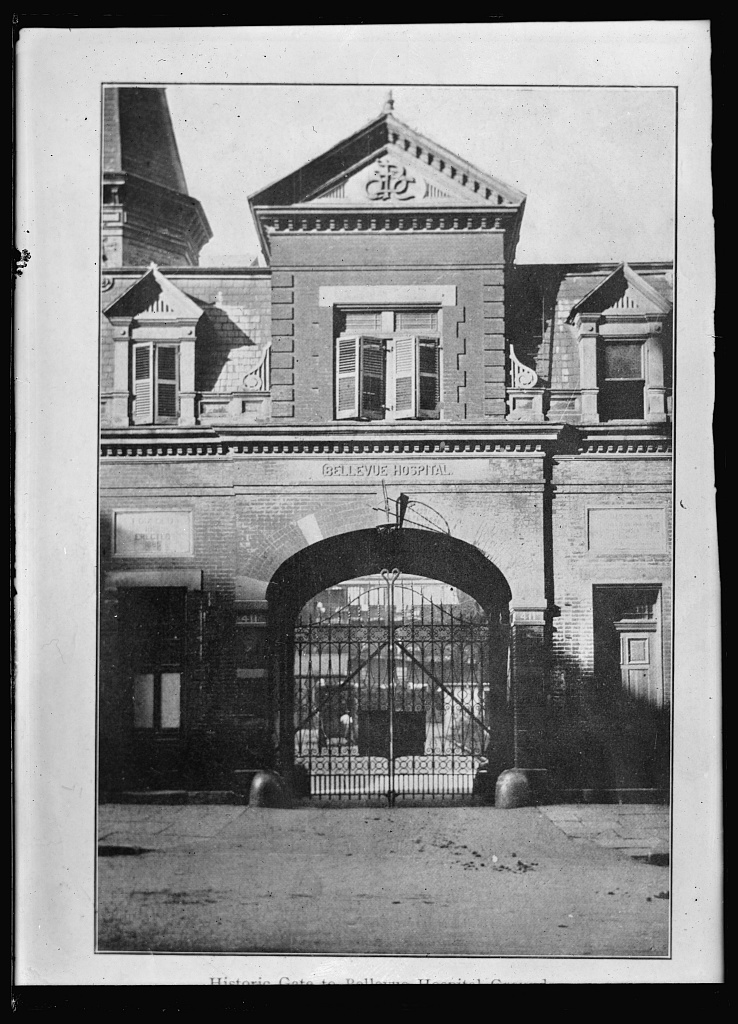John A. Carranza Nothing is as important in American culture as the place of the hospital. Hospitals are spaces that we inhabit when we are at our most vulnerable and want to be healed. They are spaces where scientific knowledge manifests and intricate power relations occur. Perhaps this is why hospitals have been the locus of drama on popular television shows such as Grey’s Anatomy, House, M.D., E.R., and the long-running soap opera, General Hospital. Furthermore, in the age of the Affordable Care Act, the implicit argument of access to healthcare for the poor has become clearer and crucial to its survival.
Bellevue: Three Centuries of Medicine and Mayhem at America’s Most Storied Hospital by historian David Oshinsky documents the history of Bellevue in New York City, one of the oldest hospitals in the United States. Oshinsky’s narrative takes the reader on a journey from the hospital’s genesis to 2014 when the hospital staff successfully treated Dr. Craig Spencer who had contracted Ebola while working with Doctors Without Borders. While the title would lead one to believe that the book is a history of the place, it is much more than that. The book is simultaneously a survey of the United States from about 1736 and a survey of the development of medical knowledge and the professionalization of medicine.
Bellevue is gripping in its narrative. The reader is never burdened with deciphering jargon and receives the proper amount of explanation to understand what, for example, miasma and germ theory were. Most important for the medical and health humanities is Oshinsky’s portrayal of doctors, nurses, and scientists as real people who had their own flaws. Each of the individuals mentioned throughout the book acted under the social, cultural, and political pressures of the time in which they lived and made choices based on the knowledge available to them. One example, was the dispute within the medical community when Joseph Lister attempted to nudge physicians into cleaning their hands and tools using carbolic acid before interacting with patients with open wounds. American physicians resisted the idea until the late nineteenth century, but they did so out of a mistrust of any sort of medical knowledge that came from overseas. While this was detrimental to their patients, it nonetheless helped to shape current understandings of the importance of sharing medical knowledge.
Probably one of the most important contributions to the understanding of medicine and hospitals in the United States is the long history that Bellevue had with treating a diverse array of patients over the length of its existence. Bellevue has long had a history of treating the indigent and immigrants, those who are less than desirable in society. However, it was also involved in the treatment of such VIPs as President James A. Garfield after he was shot at close range by Charles Guiteau. This underlying theme in the history of Bellevue remains relevant as healthcare is frequently only available to those who can afford it. While Americans often point to history to understand their sense of identity, the story of Bellevue is a useful example for understanding a possibility for how medicine might operate in this country.

David Oshinsky’s Bellevue relies on a wealth of primary and secondary sources to bring to life the history of the hospital. This history provides an example of an imperfect health system, but it was one that adapted to each of the historical moments through which it survived. The stories of the (mostly) men and women who practiced medicine are just as compelling as those on shows like Grey’s Anatomy (but maybe a little more grounded in less-than-fantastical reality). Although we learn that medical knowledge is constantly in flux, one major theme that runs through the book is that healthcare should not be denied to any person in this country regardless of their ability to pay. This message is important and should be taken by all who read this book.


